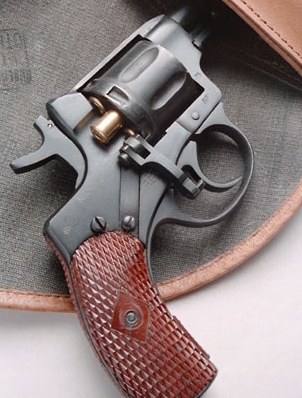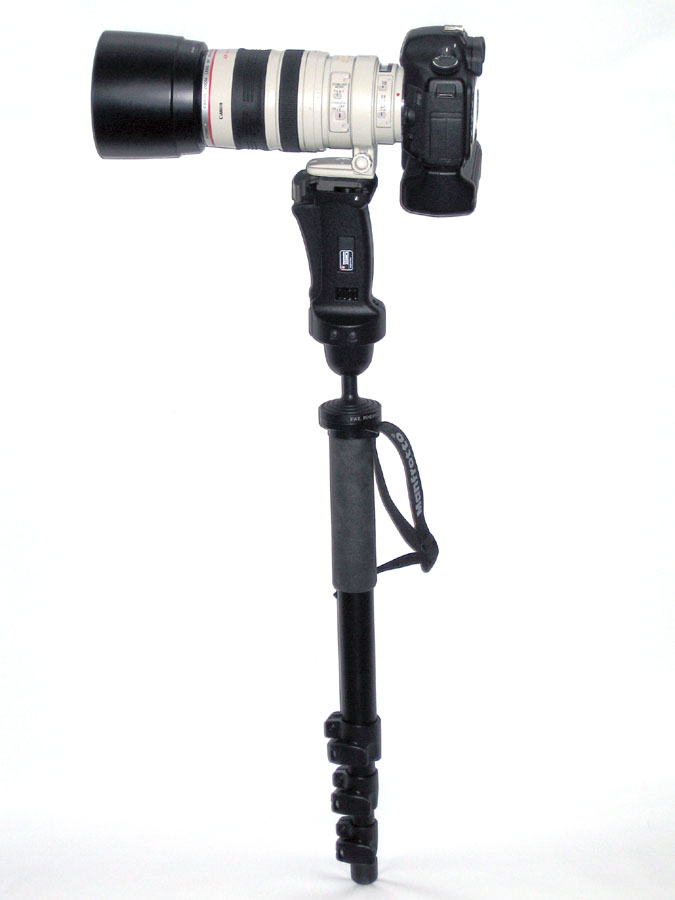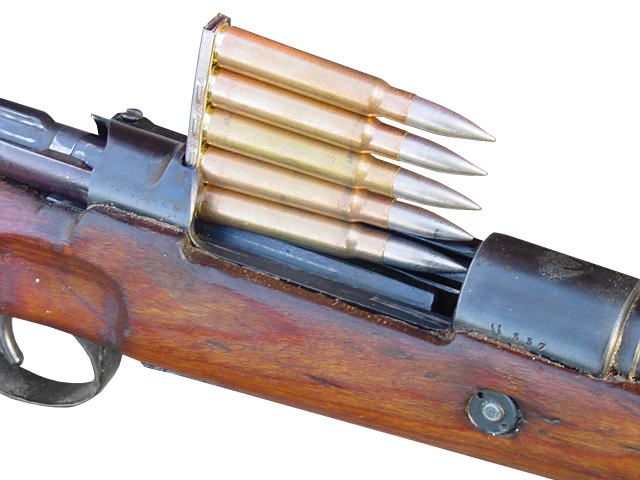|
Type 99 Rifle
The was a bolt-action rifle of the Arisaka design used by the Imperial Japanese Army during World War II. History During the Second Sino-Japanese War in the 1930s, the Japanese soon found that the 7.7mm cartridge being fired by their Type 92 heavy machine gun in China was superior to the 6.5×50mm cartridge of the Type 38 rifle. This necessitated the development of a new weapon to replace the outclassed Type 38, and finally standardize on a single rifle cartridge. The Imperial Japanese Army (IJA) developed the Type 99 based on the Type 38 rifle but with a caliber of 7.7mm. The Type 99 was produced at nine different arsenals. Seven arsenals were located in Japan, with the other two located at Mukden in Manchukuo and Jinsen in Korea. The IJA had intended to completely replace the Type 38 with the Type 99 by the end of the war. However, the outbreak of the Pacific war never allowed the army to completely replace the Type 38 and so the IJA used both rifles extensively during the w ... [...More Info...] [...Related Items...] OR: [Wikipedia] [Google] [Baidu] |
Nagant M1895
The Nagant M1895 Revolver is a seven-shot, gas-seal revolver designed and produced by Belgian industrialist Léon Nagant for the Russian Empire. The Nagant M1895 was chambered for a proprietary cartridge, 7.62×38mmR, and featured an unusual "gas-seal" system, in which the cylinder moved forward when the gun was cocked, to close the gap between the cylinder and the barrel, providing a boost to the muzzle velocity of the bullet and allowing the weapon to be suppressed (an unusual characteristic for a revolver). In fact, a 38mm long shell covers the whole bullet for this very purpose as well. This way, early Nagant users would avoid dealing with gases of black powder. Its design would inspire the Pieper M1893 carbine and Steyr 1893 revolver. Russian M1895 Léon Nagant and his brother Émile were well known in the Russian Tsar's court and military administration because of the part they had played in the design of the Russian service rifle, the Mosin–Nagant Model 1891. The Nag ... [...More Info...] [...Related Items...] OR: [Wikipedia] [Google] [Baidu] |
Bolt Action
Bolt-action is a type of manual firearm action that is operated by ''directly'' manipulating the bolt via a bolt handle, which is most commonly placed on the right-hand side of the weapon (as most users are right-handed). Most bolt-action firearms use a rotating bolt design, where the handle must first be rotated upward to unlock the bolt from the receiver, then pulled back to open the breech and allowing any spent cartridge case to be extracted and ejected. This also cocks the striker within the bolt (either on opening or closing of the bolt depending on the gun design) and engages it against the sear. When the bolt is returned to the forward position, a new cartridge (if available) is pushed out of the magazine and into the barrel chamber, and finally the breech is closed tight by rotating the handle down so the bolt head relocks on the receiver. Bolt-action firearms are generally repeating firearms, but some single-shot breechloaders also use bolt-action design as ... [...More Info...] [...Related Items...] OR: [Wikipedia] [Google] [Baidu] |
Monopod
A monopod, also called a unipod, is a single staff or pole used to help support cameras, binoculars, rifles or other precision instruments in the field. Camera and imaging use The monopod allows a still camera to be held steadier, allowing the photographer to take sharp pictures at slower shutter speeds, and/or with longer focal length lenses. In the case of video, it reduces camera shake, and therefore most of the resulting small random movements. Monopods are easier to transport and quicker to set up than conventional tripods, making them preferable for on-the-go (OTG) photography. An OTG photographer is not able to carry a heavy, bulky tripod around, and when they see a potential shot, there is no time to bother with setting up a complicated tripod. A simple monopod is easy to carry, easy to set up, and enables the photographer to take advantage of the situation they are presented with, all while providing camera support to capture a clear, sharp image. Examples of situatio ... [...More Info...] [...Related Items...] OR: [Wikipedia] [Google] [Baidu] |
TERA Rifle
The TERA rifles ( ja, 挺進落下傘小銃/挺身落下傘小銃, Teishin Rakkasan Shoujuu) were special Japanese takedown rifles developed for paratroopers of the Imperial Japanese Army. All designs were capable of either being broken down or folded into two parts and easily assembled or disassembled. Variants * ''Type 100'': Based on the Karabiner 98k ''Fallschirmjäger'' detachable-barrel (''Abnehmbarer Lauf'') variant. Complete copy prototype; never mass-produced. * ''Type 1'': Based on the Type 38 cavalry rifle. Replicating the mechanism of the Karabiner 98k ''Klappschaft'' Variant, it was not separated but folded. The Type 1 was not introduced because its folding mechanism was not reliable enough. * ''Type 2'': Based on the Type 99 rifle The was a bolt-action rifle of the Arisaka design used by the Imperial Japanese Army during World War II. History During the Second Sino-Japanese War in the 1930s, the Japanese soon found that the 7.7mm cartridge being fired by ... [...More Info...] [...Related Items...] OR: [Wikipedia] [Google] [Baidu] |
Karabiner 98k
The Karabiner 98 kurz (; "carbine 98 short"), often abbreviated Karabiner 98k, Kar98k or K98k and also sometimes incorrectly referred to as a K98 (a K98 is a Polish carbine and copy of the Kar98a), is a bolt-action rifle chambered for the 7.92×57mm Mauser cartridge. It was adopted on 21 June 1935 as the standard service rifle by the German ''Wehrmacht.''K98k Mauser Page Retrieved 28 March 2007. It was one of the final developments in the long line of Mauser military rifles. Although supplemented by semi-automatic and fully automatic rifles during World War II, the Karabiner 98k remained the primary German service rifle until the end of th ... [...More Info...] [...Related Items...] OR: [Wikipedia] [Google] [Baidu] |
Mauser
Mauser, originally Königlich Württembergische Gewehrfabrik ("Royal Württemberg Rifle Factory"), was a German arms manufacturer. Their line of bolt-action rifles and semi-automatic pistols has been produced since the 1870s for the German armed forces. In the late 19th and early 20th centuries, Mauser designs were also exported and licensed to many countries which adopted them as military and civilian sporting firearms. The Gewehr 98 in particular was widely adopted and copied, and is the foundation of many of today's sporting bolt-action rifles. History King Frederick I founded the enterprise as Königliche Waffen Schmieden (literally: Royal Weapons Forges) on 31 July 1811. Originally located partly at Ludwigsburg and partly in Christophsthal, the factory transferred to the former Augustine Cloister in Oberndorf am Neckar, where Andreas Mauser worked as the master gunsmith. Of his seven sons who worked with him there, Peter Paul Mauser showed an outstanding ability to deve ... [...More Info...] [...Related Items...] OR: [Wikipedia] [Google] [Baidu] |
Pacific War
The Pacific War, sometimes called the Asia–Pacific War, was the theater of World War II that was fought in Asia, the Pacific Ocean, the Indian Ocean, and Oceania. It was geographically the largest theater of the war, including the vast Pacific Ocean theater, the South West Pacific theater, the Second Sino-Japanese War, and the Soviet–Japanese War. The Second Sino-Japanese War between the Empire of Japan and the Republic of China had been in progress since 7 July 1937, with hostilities dating back as far as 19 September 1931 with the Japanese invasion of Manchuria. However, it is more widely accepted that the Pacific War itself began on 7 December (8 December Japanese time) 1941, when the Japanese simultaneously invaded Thailand, attacked the British colonies of Malaya, Singapore, and Hong Kong as well as the United States military and naval bases in Hawaii, Wake Island, Guam, and the Philippines. The Pacific War saw the Allies pitted against Japan, the latter ai ... [...More Info...] [...Related Items...] OR: [Wikipedia] [Google] [Baidu] |
Incheon
Incheon (; ; or Inch'ŏn; literally "kind river"), formerly Jemulpo or Chemulp'o (제물포) until the period after 1910, officially the Incheon Metropolitan City (인천광역시, 仁川廣域市), is a city located in northwestern South Korea, bordering Seoul and Gyeonggi to the east. Inhabited since the Neolithic, Incheon was home to just 4,700 people when it became an international port in 1883. Today, about 3 million people live in the city, making it South Korea's third-most-populous city after Seoul and Busan. The city's growth has been assured in modern times with the development of its port due to its natural advantages as a coastal city and its proximity to the South Korean capital. It is part of the Seoul Capital Area, along with Seoul itself and Gyeonggi Province, forming the world's fourth-largest metropolitan area by population. Incheon has since led the economic development of South Korea by opening its port to the outside world, ushering in the modernization o ... [...More Info...] [...Related Items...] OR: [Wikipedia] [Google] [Baidu] |
Shenyang
Shenyang (, ; ; Mandarin pronunciation: ), formerly known as Fengtian () or by its Manchu language, Manchu name Mukden, is a major China, Chinese sub-provincial city and the List of capitals in China#Province capitals, provincial capital of Liaoning province. Located in central-north Liaoning, it is the province's most populous city, with a total population of 9,070,093 inhabitants as of the 2020 census. Among the resident population of the city, the male population is 4,521,021, accounting for 49.85%; the female population is 4,549,072, accounting for 50.15%. The sex ratio of the total population (with women as 100, the ratio of men to women) dropped from 102.10 in the sixth national census in 2010 to 99.38. Its built-up (or metro) area encompassing 8 Shenyang urban districts and the 4 Fushun urban districts, was home to 8,192,848 inhabitants in 2020. It is also the largest city in Northeast China by urban population, with 7.49 million people (2020 census). Shenyang is also the ... [...More Info...] [...Related Items...] OR: [Wikipedia] [Google] [Baidu] |
Type 38 Rifle
The is a bolt-action service rifle that was used by the Empire of Japan predominantly during the Second Sino-Japanese War and Second World War. The design was adopted by the Imperial Japanese Army in 1905 (the 38th year of the Meiji period, hence "Type 38"). Due to a lack of power in its 6.5×50mmSR Arisaka cartridge, it was partially replaced during the war with the Type 99 rifle, but both rifles saw usage until the end of the war. History and development The Imperial Japanese Army introduced the Type 30 rifle in 1897. However, the weapon had numerous shortcomings, which were highlighted by combat experience in the early stages of the Russo-Japanese War. These included bursting cartridges, a poorly designed lock in which excess gunpowder tended to accumulate, burning the face of the shooter, frequent misfires, jamming, difficulty in cleaning, and cartridge extraction. Major Kijiro Nambu undertook a redesign of the Type 30, which was introduced in 1906. Nambu reduced the number o ... [...More Info...] [...Related Items...] OR: [Wikipedia] [Google] [Baidu] |
Type 92 Heavy Machine Gun
was a Japanese heavy machine gun, related to the Hotchkiss machine gun series. It entered service in 1932 and was the standard Japanese heavy machine gun used during World War II. Known for its reliability, it was used after the war by various forces in East Asia. Designed by Kijiro Nambu and built by Hino Motors and Hitachi, its total production was about 45,000 guns. The Type 92 refers to the Japanese Imperial year 2592 – 1932 in the Gregorian calendar – in which the gun entered service. Design The Type 92 was essentially a scaled-up version of the Type 3 heavy machine gun, with its calibre increased to 7.7 mm, and like the Type 3 was air cooled, ammo strip-fed, and based on the Hotchkiss M1914. It could use both a rimless and semi-rimmed 7.7x58mm Shiki round. A 7.7mm Arisaka round could be used if necessary or if other ammunition supplies dwindled. Rounds fired from the gun traveled at about , and the rate of fire was about 450 rpm. It was sometimes used as a light ... [...More Info...] [...Related Items...] OR: [Wikipedia] [Google] [Baidu] |







%2C_1890.jpg)